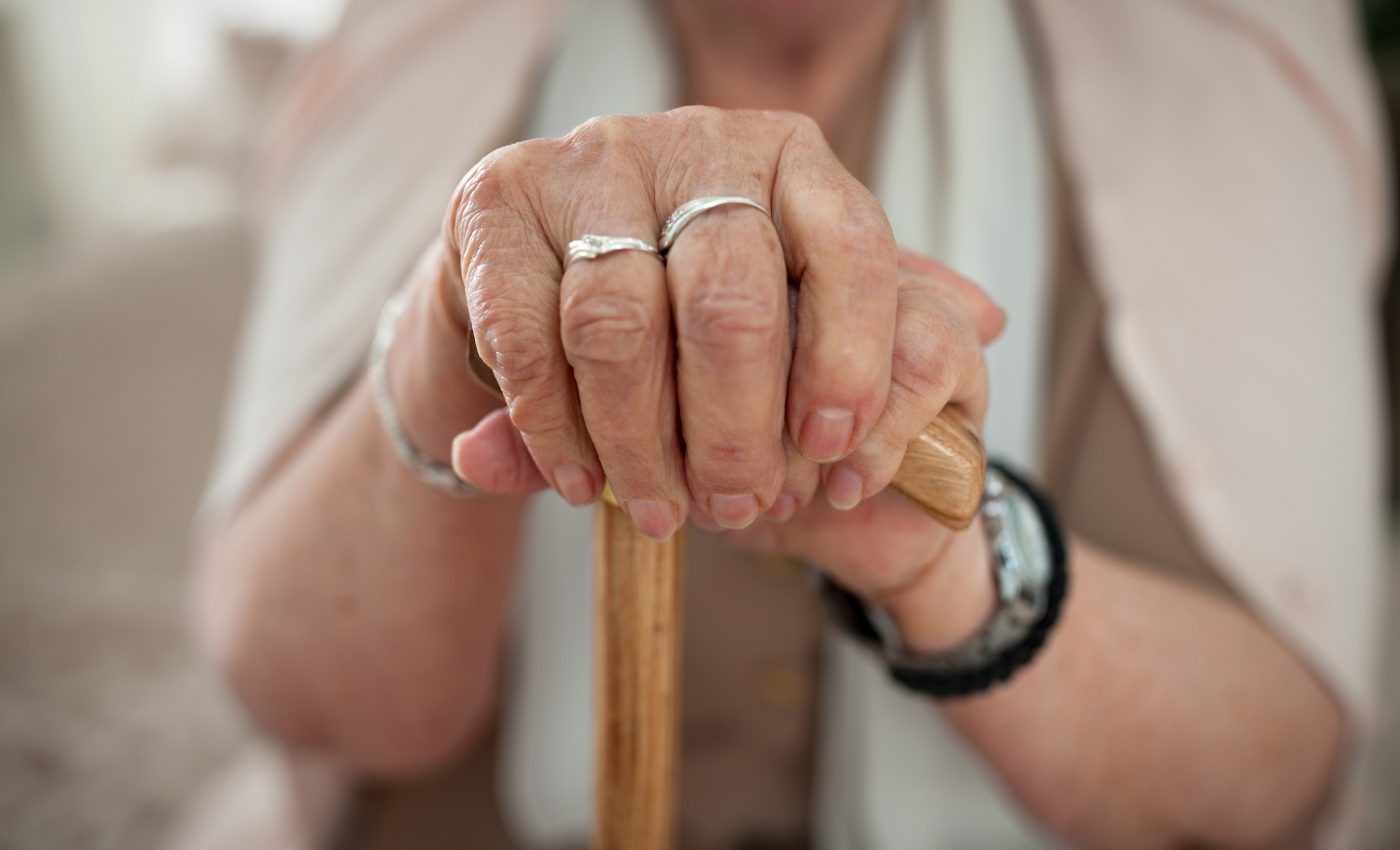
Reframing frailty as a medical condition, not a side-effect of aging
Frailty, long considered an inevitable part of getting older, is its own medical condition and deserves more attention by the medical and scientific community, according to new research.
Researchers from Monash University in Australia conducted the first global study of its kind examining frailty.
46 studies from 28 countries involving over 120,000 older adults over 60 were reviewed and analyzed by the researchers to estimate the likelihood of developing frailty in old age.
The study, published in the Journal of the American Medical Association Network Open, is the first to provide a quantifiable estimate in terms of the odds of getting frail.
Women are more at risk of developing frailty compared to men, and the researchers found that in adults over the age of 60, 4.3 percent will become frail every year.
By 2050, more than 20 percent of the world’s population will be over the age of 60, which means that the number of people expected to develop frailty will drastically increase.
“Our results suggest that the risk of developing frailty in older people is high,” said Dr. Richard Ofori-Asenso, the leader of the study. “This is a worldwide problem and highlights a major challenge facing countries with aging populations.”
A person is diagnosed with frailty if they meet specific criteria, but there is no “gold standard” definition that medical professionals can use.
A decrease in physical activity, low energy, weight loss that is unintentional, an inability to walk at a fast pace, and loss of grip strength are all associated with frailty.
Older adults suffering from these issues have a higher risk of being hospitalized, and frailty can hinder quality of life and increase the risk of death.
A key reason that frailty is not just a part of the aging process is that anyone can become frail in their lifetime. Young people who have a chronic disease are also more likely to develop frailty.
The researchers say that physical therapy, like strength training, could help slow the progression of frailty or even reverse it entirely.
Medical professionals should also screen their older patients regularly for signs of fragility.
When clumped together with other side-effects of aging, there is less opportunity to intervene and appropriately manage frailty as its own health condition.
—
By Kay Vandette, Earth.com Staff Writer
Image Credit: Shutterstock/Cherries












